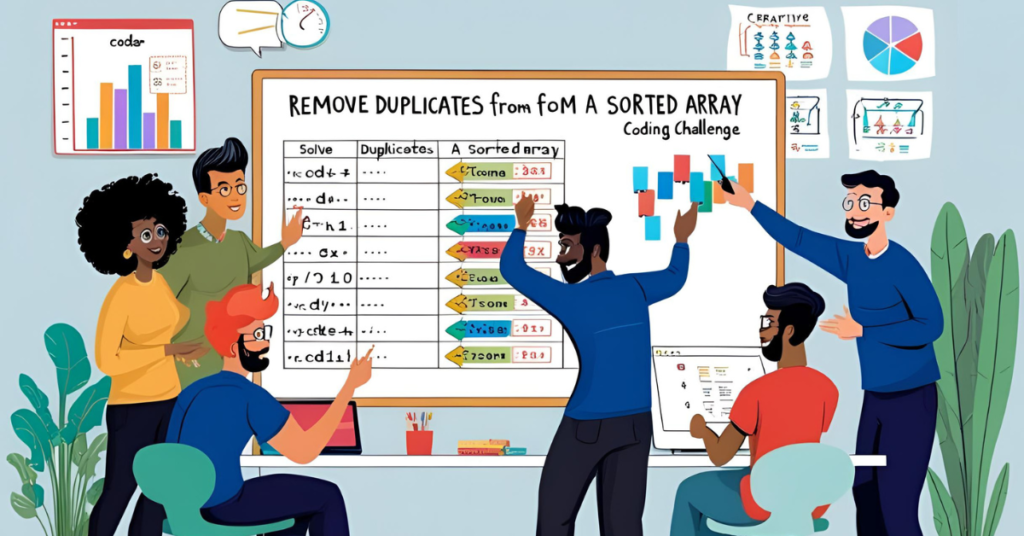
Ever Added Up Pocket Money?
Remember those days when you saved coins in a jar and tracked how much you had after each addition? 🪙 That feeling of watching your savings grow is exactly what we’re tackling in this post—with arrays!
In programming, that growing collection is called a Running Sum or Cumulative Sum. And today, we’ll learn how to build it using Python—no finance degree required. 😉
What is a Running Sum?
Think of a running sum like stacking blocks. Each new block sits on top of the last one. This process makes the tower taller. In programming, we take a list of numbers. We make a new list where each number is the total of all numbers before it, including itself.
Example:
Input: [1, 2, 3, 4]
Running Sum Output: [1, 3, 6, 10]
Because:
- 1 → 1
- 1 + 2 → 3
- 1 + 2 + 3 → 6
- 1 + 2 + 3 + 4 → 10
Why Does It Matter?
Real-Life Use Cases
- 📊 Finance: Calculating a bank balance after each transaction.
- 🛒 E-commerce: Summing cart value as items are added.
- 🧠 AI & ML: Normalizing data or calculating rolling averages.
- 🎮 Gaming: Keeping track of score progression.
Solution 1: Basic For Loop in Python
This is the most intuitive and beginner-friendly method.
Walkthrough
- We initialize a
totalas 0. - As we loop through each number, we add it to the total.
- We append the total to our
running_sumlist.
Solution 2: In-place Modification (More Efficient)
This version modifies the original list, which saves space!
Solution 3: Using itertools.accumulate() (Pythonic)
Super clean and readable. Great for professionals and in interviews!
Pro Tips & Tricks 🧠
✅ Use Lists Wisely: If you don’t need the original array, modify in-place to save memory.
⚡ Use accumulate when working with large datasets—it’s optimized and clean.
🧪 Test With Negatives: Arrays aren’t always positive. Always test with negative numbers.
💡 Know the Use Case: Choose your approach based on your needs. Determine if you need to return a new array. Alternatively, decide if you need to modify the original.
⏱️ Time Complexity: All the above methods are O(n)—which is pretty efficient!
Common Mistakes To Avoid ❌
- ❗ Forgetting to Initialize
total: This causes crashes or wrong output. - 🔁 Using
+=on a string or wrong type: Make sure your data type supports addition. - 🔄 Overwriting the original list when you need it later.
Expert Insights 🧠
🔍 In-place vs Out-of-place: If memory is tight (like in embedded systems), prefer the in-place solution.
📈 Great for Interview Questions: This problem is often asked in tech interviews. It tests basic loops, array manipulation, and logic.
Conclusion & What’s Next? 🚀
Congratulations—you just ran through running sums like a pro! You might be prepping for interviews. Perhaps you are building a dashboard. Or you may be just starting your Python journey. Regardless, you need to understand the running sum. This is crucial. This understanding builds a solid foundation.
You got this! 💪 Happy coding!
![]()
Subscribe to QABash Weekly 💥
Dominate – Stay Ahead of 99% Testers!

